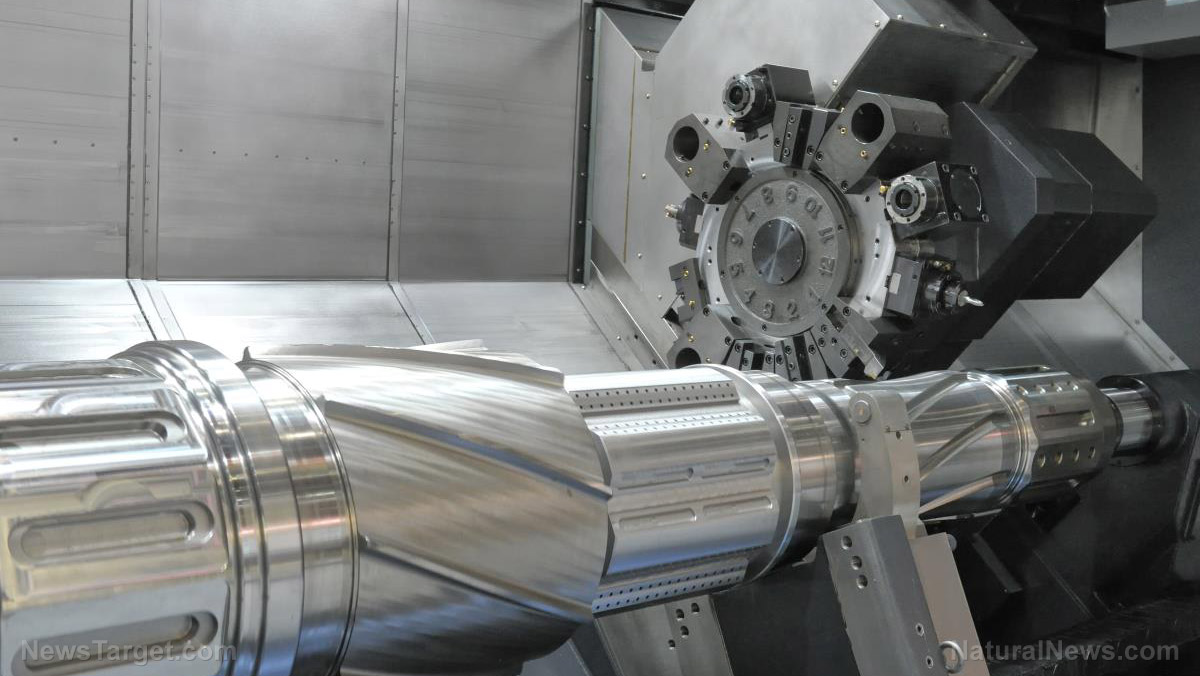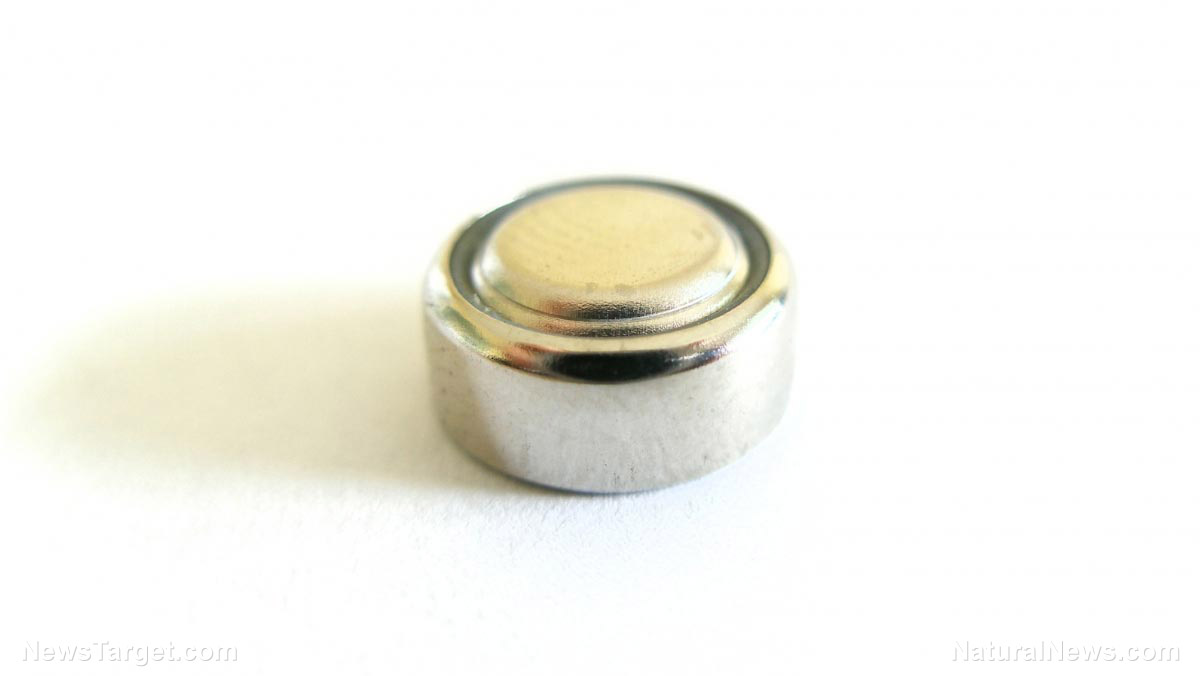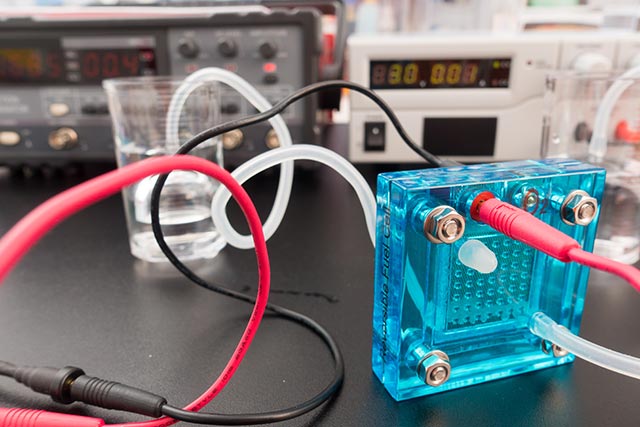Rethink satellite production: Using affordable, sustainable materials can minimize space junk and address engineering problems
05/01/2019 / By Edsel Cook

Space is for everyone – that is to say, everyone at the lead of the space race who can afford large satellites and the rockets to put them in space. But researchers suggest that changing the way satellites are built and deployed could solve a lot of problems, including the issue of space junk.
The space race was affected by the nationalism and geopolitics of its time. Space technology helped create new weapons and awed former colonies that had become newly independent countries.
These military and political objectives drove the early spaceflight programs of the United States. The designs for the first American rockets came from researchers from Nazi Germany, who traded their services for pardons and asylum.
Now, researchers like Danielle Wood of the Massachusetts Institute of Technology (MIT) are saying that the goals of space should be changed to align with positive human values. By making space technology more accessible, it could be used to help fulfill everyone’s needs instead of the privileged few’s greed. (Related: SETI launches new tool to help improve the search for extraterrestrial life.)
Alternative approaches to space technology like rocket fuel and satellite construction
Current space technologies are capable of serving in non-military and non-political roles that benefit plenty of people. One example is how satellites can keep track of important developments like air pollution levels, animal migration patterns, and weather patterns.
The problem is that these spacecraft are still following the established processes of design, construction, and launch. Instead of trying something new, they are merely refinements of existing systems.
A good example is rocket fuel. Rockets burn massive amounts of dangerous and poisonous fuel. They could be filling the upper atmosphere of the planet with air pollution. Engineers are trying to reduce that pollution by increasing the efficiency of the engines.
Instead of making more efficiently burning engines, Wood proposed to look for alternative materials. For rocket fuel, her team is looking at paraffin wax, which is less expensive and much safer to use than the cocktail of chemicals currently used as liquid fuel.
They are applying this approach to satellite construction as well. The MIT researchers believed that combining 3D printing, modular parts, and other technologies could allow them to move satellite construction into space itself.
“Our current approach mainly depends on doing a design for a satellite that’s complete on Earth,” Wood said. “We can imagine a future in which there are basically small factories available in space.”
Modular satellites could be reused or melted down for 3D printer materials
The first space-faring nations were rather irresponsible about space junk. As long as their rockets and satellites reached their intended orbits intact and functional, they could call it a day.
That cavalier attitude to space trash came to bite them decades down the line. New satellites are now forced to share their orbits with older, nonfunctional spacecraft. A collision could not only destroy a satellite, it would also contribute to even more space junk. So deactivated satellites are carefully removed from orbit in order to free up space in the increasingly cramped orbitals.
Wood proposed that new satellites should be designed with modular parts. When a satellite stopped working, it could either be taken apart so that their working modules could be reused, or melted down into stock material for 3D printers to produce new modules or even a complete and entirely new spacecraft.
These space-based recycling and construction could allow nations and organizations to skip the launch process. Instead of building an expensive rocket or paying for space aboard another country’s rocket, a user could just build the satellite directly in orbit.
Sources include:
Tagged Under: 3D printing, goodtech, rockets, satellites, science and technology, Space, space exploration, Space Junk, space technology, space trash


















